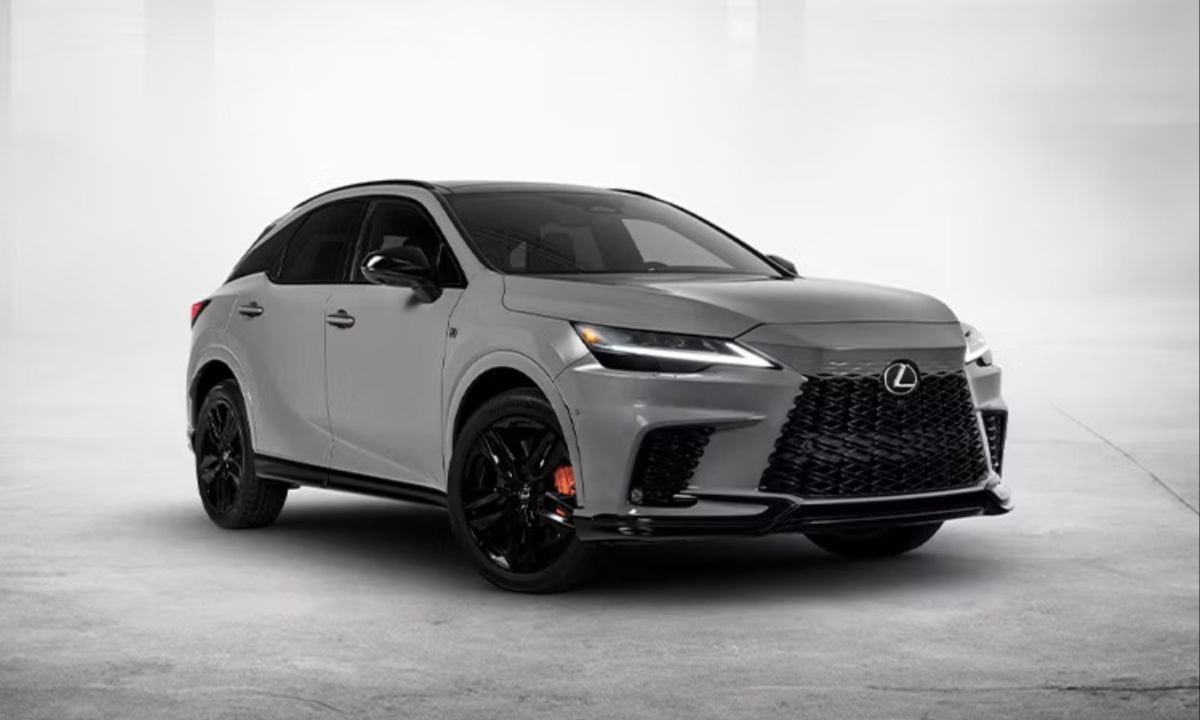Overheating remains one of the most dreaded issues for car owners, leading to costly repairs and potential engine failure. While some cars are plagued with weak cooling systems and poor engineering choices, others are celebrated for their rock-solid thermal reliability.
Whether you’re a daily commuter, weekend warrior, or performance enthusiast, understanding which vehicles thrive under pressure—and which buckle—is crucial.
In this guide, we’ll examine five cars known for staying cool even in harsh conditions, and five infamous for overheating woes. Save yourself future headaches by seeing which models to admire and which to approach with caution.
5 Cars That Never Overheat
1. Toyota Corolla (2009–2023)
The Toyota Corolla is often considered a paragon of reliability, and its ability to maintain consistent engine temperatures plays a big part in that reputation. The Corolla’s 1.8L 2ZR-FE engine is designed with simplicity and durability in mind, using a high-quality aluminum radiator and a metal water pump that resists premature wear.
The thermostat is also engineered for longevity, rarely requiring replacement under normal driving conditions. Furthermore, the Corolla’s engine bay design allows for efficient airflow, even in traffic-heavy or hot environments.
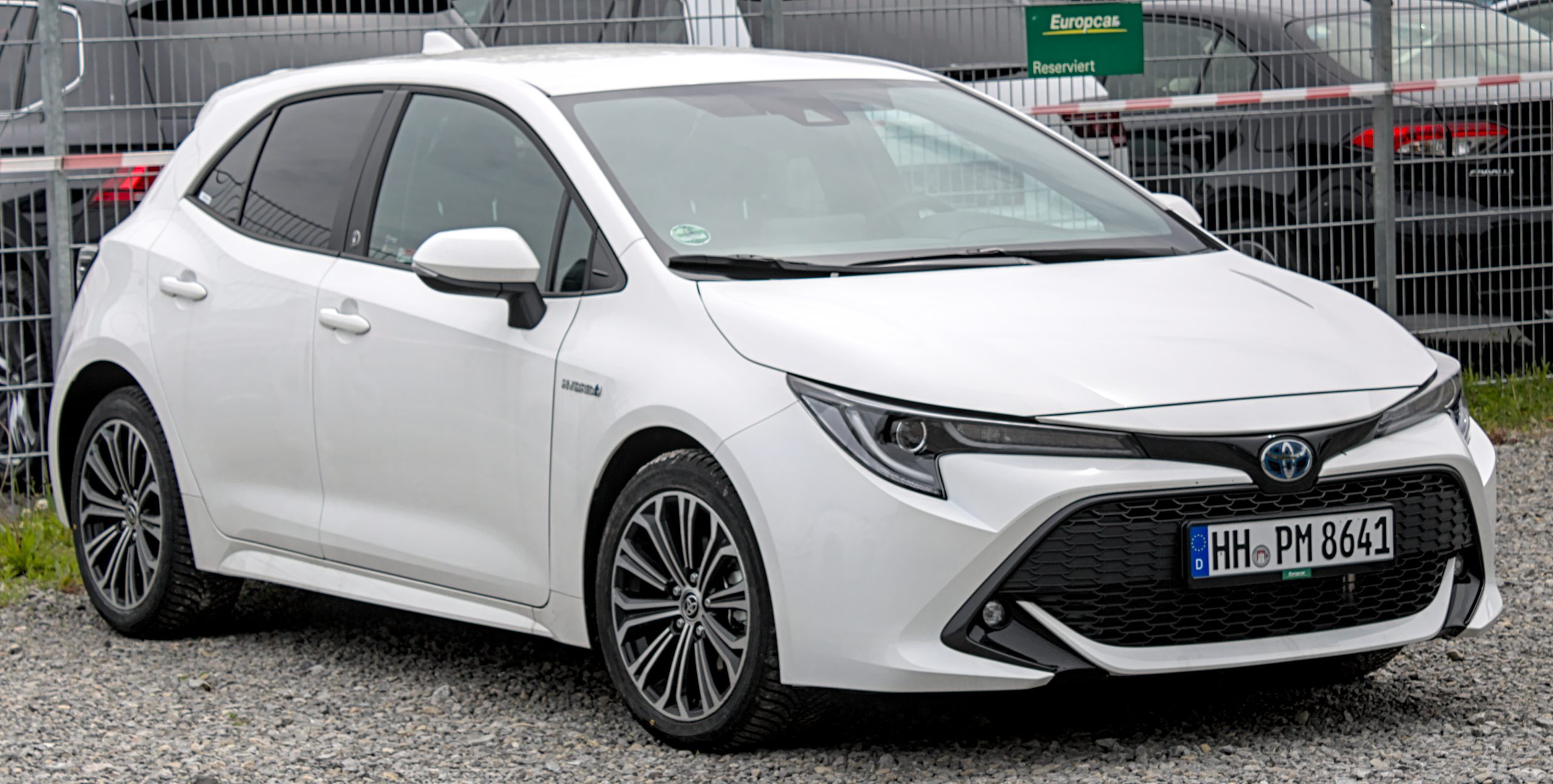
Toyota’s rigorous testing standards ensure that the cooling system can operate flawlessly in extreme climates, whether it’s summer in the Southwest or stop-and-go traffic in humid urban settings.
Routine maintenance on the Corolla is straightforward, and the components are widely available and affordable, which contributes to its long-term thermal reliability. Owners often report exceeding 200,000 miles with no overheating issues, a testament to Toyota’s engineering focus on reliability. Whether you’re commuting, road-tripping, or ridesharing, the Corolla offers peace of mind when it comes to temperature control.
2. Honda Accord (2013–2022)
The Honda Accord blends practicality with refined engineering, and nowhere is this more evident than in its thermal management. The 2.4L Earth Dreams inline-4 and 3.5L V6 engines both use robust cooling systems designed to handle sustained high-mileage usage.
Aluminum radiators paired with durable silicone hoses and high-quality mechanical water pumps ensure consistent coolant flow. The design also includes multilayer steel head gaskets, which improve sealing and reduce the risk of warping or gasket failure under high thermal loads.
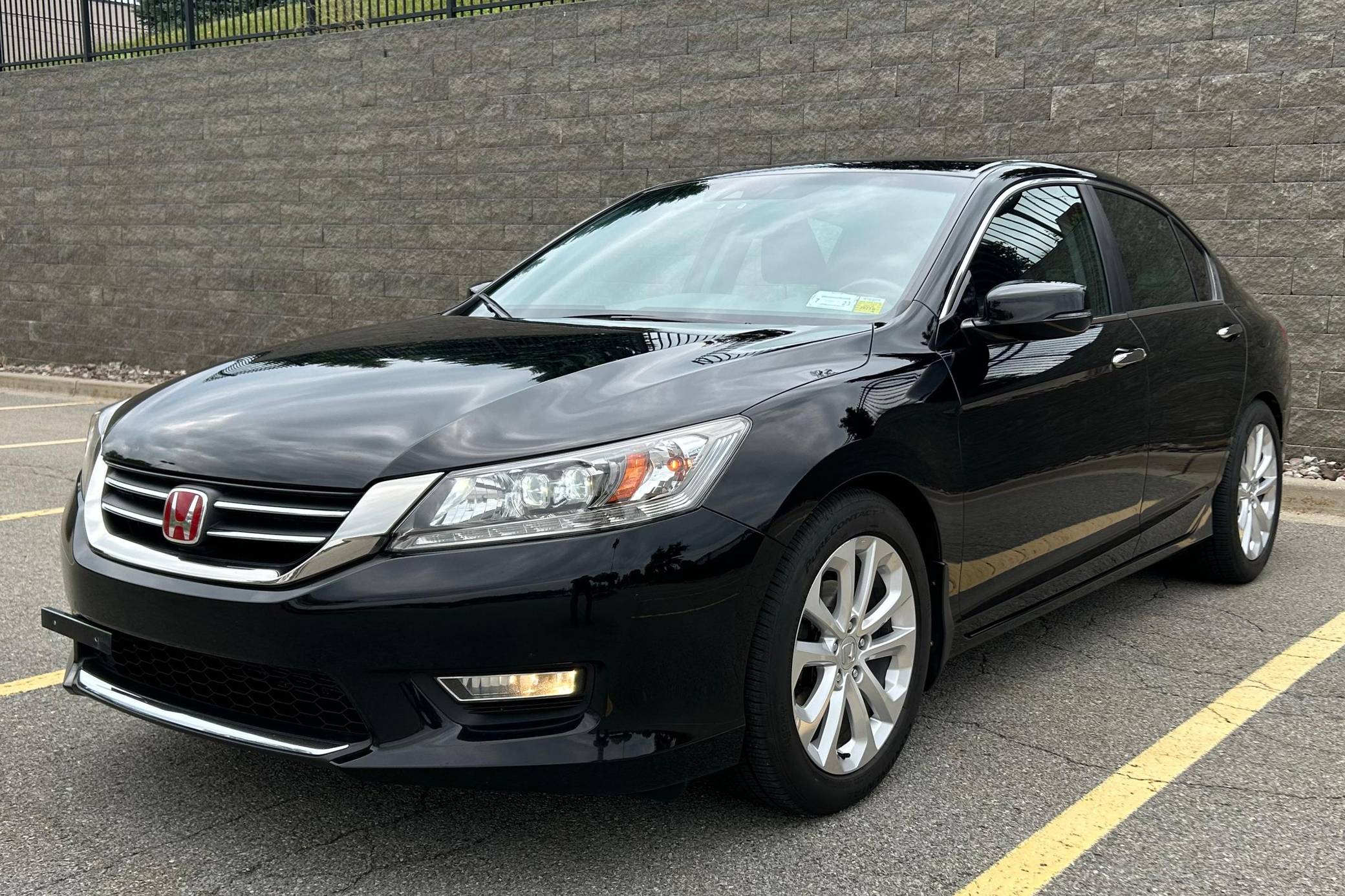
Honda’s inclusion of large-capacity overflow tanks and thermostats that open reliably around 180°F ensures precise control of engine temperatures. Even under extended idling or highway speeds, the Accord maintains a stable temperature thanks to dual-fan setups and intelligent ECU-controlled cooling behavior.
Many Accord owners report never needing to replace major cooling system components throughout the life of the vehicle. Combined with its reputation for low maintenance and high resale value, the Accord stands out as one of the most reliable midsize sedans in terms of avoiding overheating, making it a safe bet for anyone prioritizing long-term dependability and worry-free driving.
3. Lexus RX350 (2010–2021)
As a luxury crossover, the Lexus RX350 offers not only comfort and performance but also long-term reliability, especially in thermal regulation. Powered by the 3.5L 2GR-FE or 2GR-FKS V6 engines, the RX350 features a well-designed and generously sized cooling system.
The radiator is large and made of high-grade aluminum, supported by long-lasting silicone hoses and a traditional belt-driven water pump. The cooling fans are variable-speed and controlled by an advanced ECU, providing responsive cooling based on load and environmental conditions.
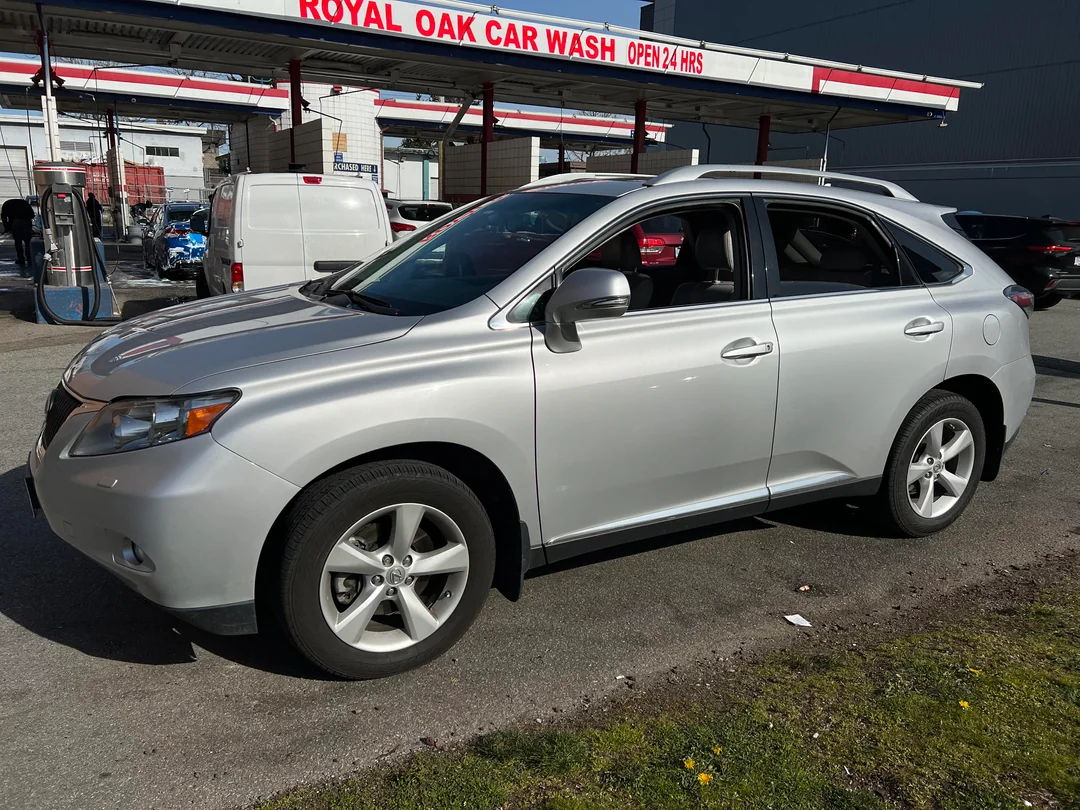
Unlike many competitors in the luxury SUV segment that rely on complex and failure-prone plastic components, Lexus continues to use metal parts in high-stress areas, increasing durability. Even in hot climates or with heavy towing, the RX350 remains thermally stable.
The vehicle’s engine bay layout allows ample airflow, and Lexus’ signature attention to detail ensures parts fit perfectly, reducing the chances of leakage or failure. Owners frequently report minimal maintenance required for the cooling system, and problems are extremely rare, even well beyond 150,000 miles.
This vehicle combines the luxury experience with Toyota’s engineering rigor, making it one of the most reliable crossovers when it comes to resisting overheating.
4. Mazda3 (2014–2021)
Mazda’s SkyActiv technology revolutionized the company’s engine lineup, and the Mazda3 is a great example of how this translates into thermal efficiency. Available with 2.0L and 2.5L engines, the Mazda3 incorporates an integrated exhaust manifold, which helps reduce engine warm-up times and distributes heat more evenly.
The cooling system is anchored by a durable aluminum radiator, a reliable thermostat, and a quality water pump, all optimized to handle high-compression ratios without excessive thermal stress. Even in spirited driving or city gridlock, the engine temperature remains remarkably stable.

Mazda’s engineers also focused on minimizing parasitic losses, and this attention to detail extended to the cooling system’s design. Fans are ECU-regulated for precise temperature control, and the reservoir is strategically placed for easy inspection and maintenance.
Unlike some of its competitors that use cheaper plastic connections prone to failure, Mazda employs reinforced hoses and secure clamps. The SkyActiv engines themselves run cleaner and cooler than many naturally aspirated counterparts, making the Mazda3 not just fun to drive but exceptionally reliable as well. It’s a rare mix of performance and durability, especially when it comes to managing heat.
5. Ford Fusion Hybrid (2013–2020)
Hybrid cars demand sophisticated cooling systems due to their dual powertrains and battery packs. The Ford Fusion Hybrid excels in this area with a multi-loop thermal management design. The 2.0L Atkinson-cycle engine is coupled with an electric motor and lithium-ion battery, each with separate cooling systems to prevent overheating.
The engine uses an electric water pump, allowing it to function even when the engine isn’t running, which is essential in stop-and-go traffic where hybrids excel. The battery has its own air-cooled system that regulates temperature independently of the engine.
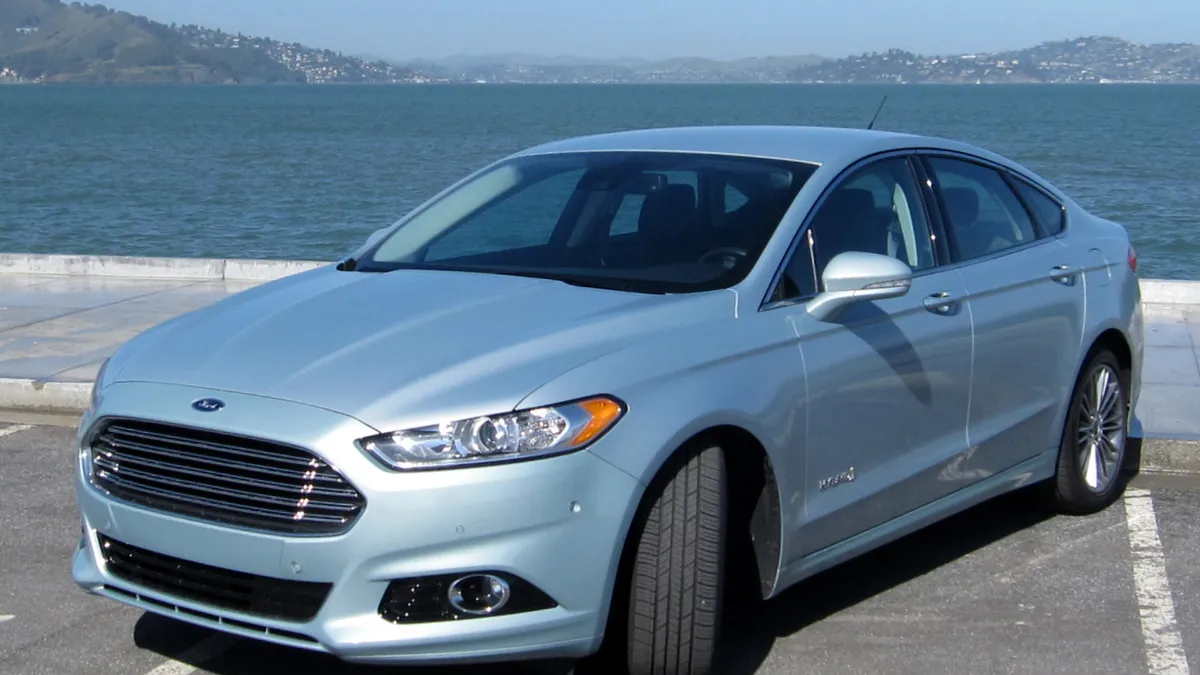
Moreover, the vehicle’s ECU monitors multiple temperature sensors and adjusts cooling fan speeds accordingly, ensuring optimal performance and longevity. The Fusion Hybrid also features a high-capacity radiator, and the system rarely suffers from the type of premature component wear seen in some early hybrid competitors.
Ford also used high-quality materials for key parts like the coolant reservoir and connectors, which reduces the likelihood of leakage or breakdowns. The Fusion Hybrid stands out not just for fuel economy but for engineering foresight that makes it one of the least likely vehicles to suffer from overheating issues.
Also Read: 5 Cars That Keep Their Cool In Summer And 5 That Turn Into Ovens
5 Cars With Boiling Point Issues
1. BMW 3-Series (2006–2010) – N54 Engine Nightmares
The BMW 3-Series equipped with the N54 twin-turbo engine may be a dream for performance enthusiasts, but it’s a nightmare when it comes to cooling reliability. This engine is notorious for its problematic electric water pump, which often fails without warning.
Once the pump goes, rapid overheating follows, sometimes causing head gasket failure or even cracked cylinder heads. Adding to the woes are plastic thermostat housings, brittle radiator end tanks, and a convoluted cooling layout that complicates repairs.
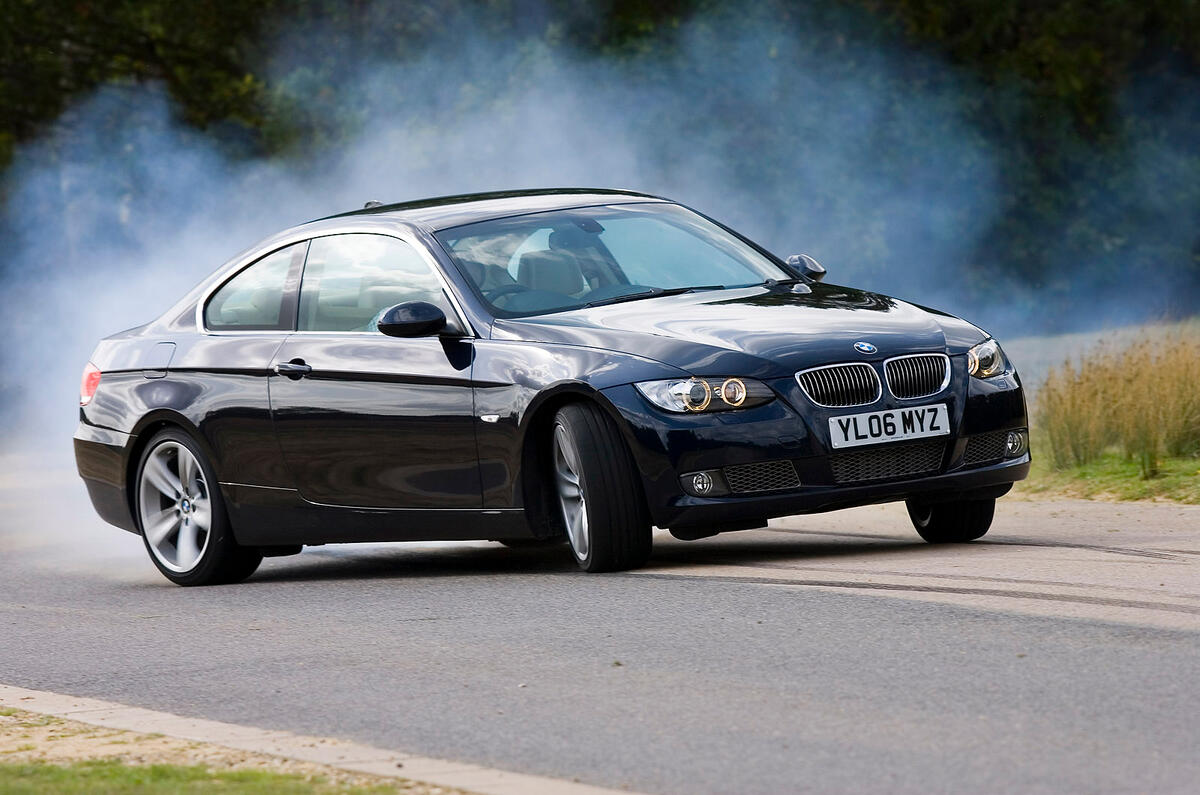
Cooling system components in this model tend to fail around the 60,000–80,000 mile mark, often necessitating full system overhauls. BMW’s high-performance tuning and tight engine bay design exacerbate heat soak, especially in warm climates or spirited driving.
Owners frequently report the need to replace radiators, expansion tanks, and hoses more than once during the vehicle’s lifespan. For enthusiasts who track maintenance closely, the 3-Series N54 can be kept in check—but for most drivers, the risk of spontaneous overheating makes it a costly gamble.
Cooling failure is almost a rite of passage with these vehicles, turning what should be a luxury sports sedan into an expensive maintenance liability.
2. Subaru Impreza/WRX (2000–2014) – EJ Series Engine Woes
The Subaru EJ series engine found in the Impreza and WRX is infamous for its head gasket issues, a design flaw that has haunted the brand for years. The horizontally opposed engine layout creates uneven heating across the cylinders, leading to gasket stress and eventual failure.
When the gasket fails, coolant leaks internally or externally, causing overheating and potential engine damage. The cooling system is further compromised by the use of plastic thermostat housings and aging radiators prone to cracking. Even regular coolant flushes and high-quality fluids may not prevent these issues.
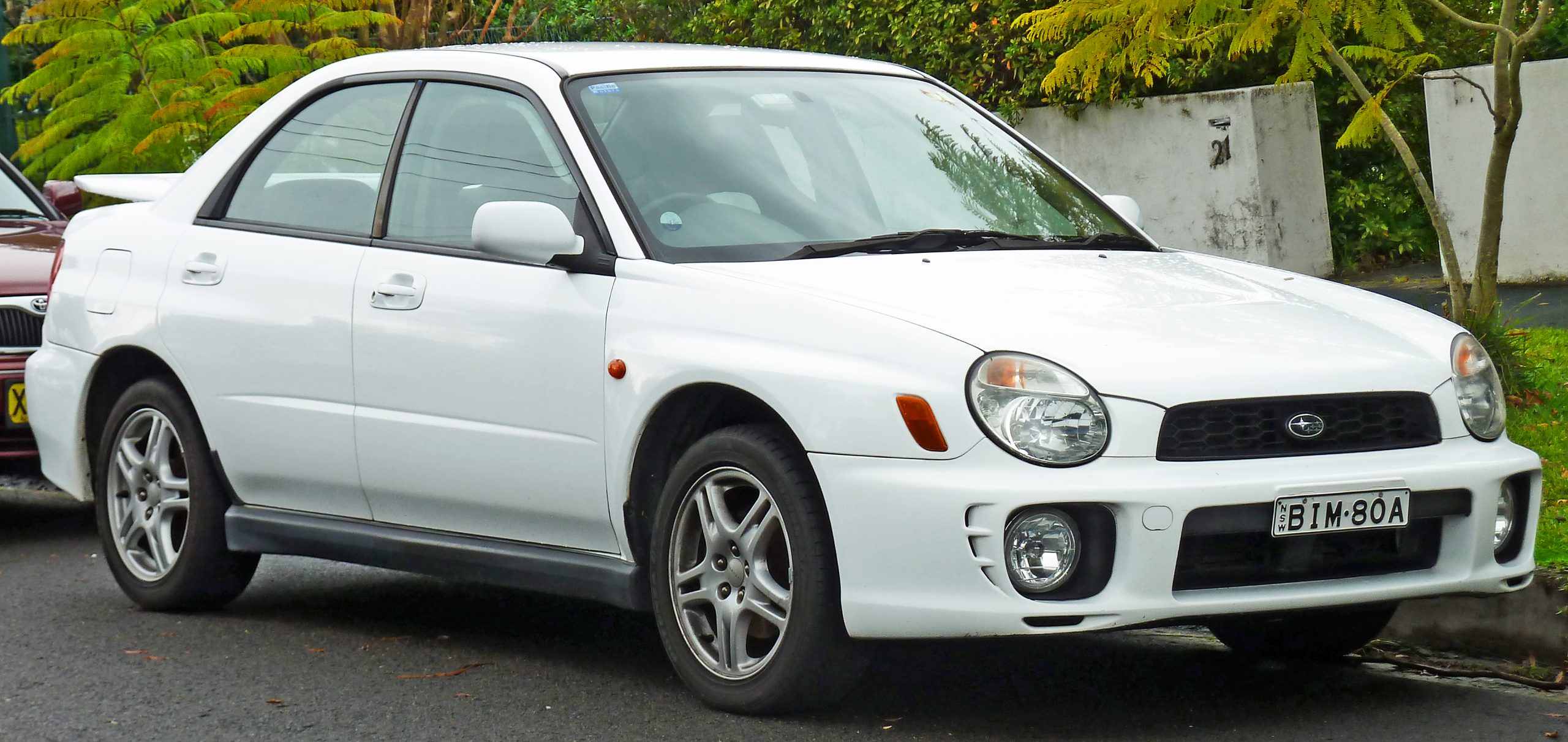
Performance versions of the WRX add turbocharging into the mix, increasing thermal loads significantly and often overwhelming the already marginal cooling capacity. Fans and water pumps are known to fail prematurely as well, creating a compound reliability concern.
Many owners have reported the need for head gasket replacements as early as 80,000 miles. Although later versions and the new FA engines improved reliability, the 2000–2014 models remain problematic.
Enthusiasts may love the WRX’s performance and handling, but unless properly maintained with upgraded gaskets and cooling parts, overheating remains a frequent and frustrating concern.
3. Chrysler 2.7L V6 (2001–2010) – Engine Meltdown Machine
Chrysler’s 2.7L V6 engine, found in vehicles like the Dodge Intrepid and Chrysler Sebring, is infamous for both sludge issues and catastrophic cooling failures. One of its most critical flaws is the water pump’s location—inside the engine block. When the water pump fails, coolant leaks into the oil, leading to sludge formation that clogs oil passages and rapidly degrades internal components.
Additionally, the timing chain runs through the same area, creating a high-failure zone where oil and coolant contamination can spell disaster. The radiator and thermostat components are also prone to early failure, with plastic fittings cracking from heat cycles.
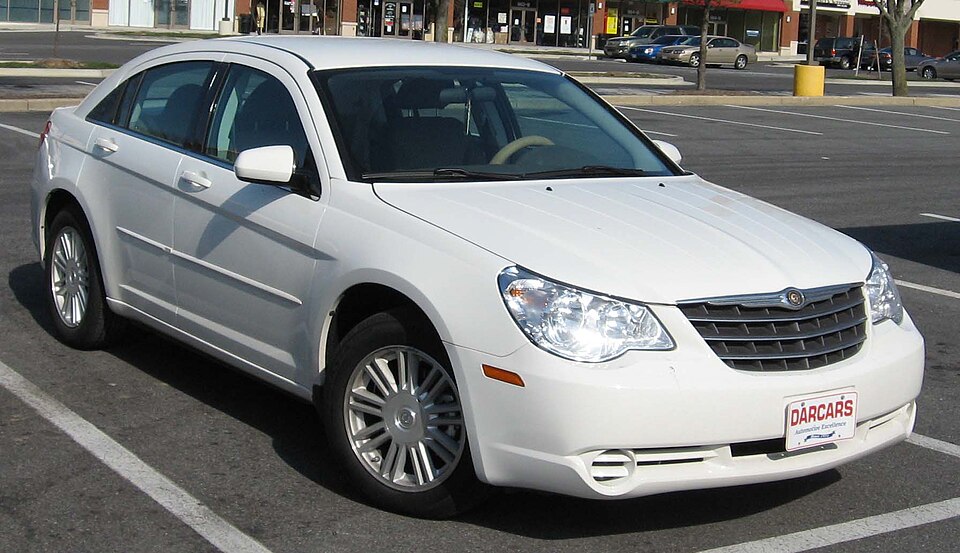
These combined design flaws mean the engine often overheats suddenly and severely, leaving owners with few options short of a complete engine replacement. Even meticulous maintenance doesn’t fully eliminate the risks. Many vehicles with this engine have suffered failure before 100,000 miles.
Mechanics often recommend preemptive water pump replacement and switching to external-cooling-system retrofits, but these fixes are costly. This engine remains one of the most notorious in Chrysler’s history, and it’s frequently cited as a reason the brand struggled with long-term customer satisfaction during the early 2000s.
4. Range Rover Sport (2005–2013) – British Complexity, Cooling Chaos
The Range Rover Sport is a symbol of British luxury and off-road capability, but it also carries a reputation for frequent and expensive cooling system failures. These vehicles feature complex thermal systems with a maze of coolant hoses, plastic fittings, and sensors—many of which are buried deep within the engine bay.
The use of plastic impellers in water pumps and thin-walled plastic coolant reservoirs makes them especially prone to failure under heat stress. Furthermore, the electronically controlled thermostat is known to stick or malfunction, causing overheating in slow traffic or towing conditions.

Even small coolant leaks often escalate quickly because of limited access and labor-intensive repair procedures. Owners frequently deal with repeated failures of expansion tanks, radiators, and fan modules, all of which contribute to recurring high-temperature warnings.
The situation is made worse by Land Rover’s historically questionable quality control and parts availability. While the Range Rover Sport delivers in terms of comfort and capability, its cooling system is a weak point that often results in significant maintenance costs and downtime, making it one of the least thermally reliable luxury SUVs in its class.
5. Chevrolet Cruze 1.4T (2011–2016) – Thermoplastic Trouble
The Chevrolet Cruze with the 1.4L turbocharged engine is often cited for its poor cooling system design, particularly its use of thermoplastic components in high-stress areas.
The engine’s coolant outlet housing and water pump assembly are made from cheap plastic that frequently cracks and warps under heat, causing sudden coolant loss and overheating. These failures typically occur between 60,000 and 90,000 miles, often without warning.
The turbocharger itself adds to the heat load, but GM didn’t beef up the system accordingly. Sensors are also known to provide inaccurate temperature readings, which means drivers may not even be alerted until the engine is already overheating.

Replacing the plastic components with upgraded aluminum versions is a common aftermarket fix, but it’s an expense most owners don’t anticipate. The engine bay is tightly packed, which complicates repairs and inspections. Many mechanics and Cruze owners report that once one cooling part fails, others often follow.
In warmer climates or heavy traffic, the likelihood of overheating increases significantly. Despite offering decent fuel economy and features, the Cruze’s reliability is severely undermined by these consistent thermal problems.
Whether you’re buying your next daily driver or evaluating your current car’s longevity, knowing how a vehicle handles heat is critical. Overheating not only causes inconvenience but can also lead to irreversible engine damage and expensive fixes.
Fortunately, some automakers have prioritized robust cooling systems that keep engines running cool year after year. On the other hand, certain models suffer from systemic thermal design flaws that make overheating a common—and costly—occurrence.
By understanding which cars excel and which ones struggle, you can make smarter decisions and enjoy the road with peace of mind rather than under the hood.
Also Read: 5 Cars with Bulletproof Electronic Systems and 5 That Short Out Easily

